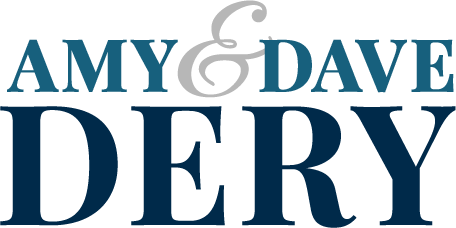Prices are rising and perhaps there are fewer homes for sale where you want to live. What can you do to put the odds in your favor?
First, get preapproved by a lender. That means sharing your financial information, going online and playing with a mortgage calculator. Give the lender the documentation she needs, such as salary stubs, revolving credit obligations, and bank statements. You’ll know for certain how much you can afford, how much you need to put down to qualify and what your interest rate will be.
Make your must-have and wish list realistic, beginning with price. Be prepared for compromises – a bigger home vs a longer commute, or a smaller home in a preferred school district.
Shop for homes with your real estate professional. He knows the market and will give you preferential treatment if you sign a buyer’s representation agreement. The agent can tap into a vast network of contacts to get the right home for you – especially homes coming onto the market before others get the chance to view them.
In a seller’s market, homes sell quickly, so the homes you find online or by driving the neighborhood may already be under contract or sold before you even get the chance to see them.
Homes in the best condition will sell for top dollar. Consider homes in need of cosmetic updates or repairs. The average home purchased in 2013 was about 20 years old, up from 11 years old at the height of the housing boom. You may be able to buy at a discount, make the updates you want, and bring your home to neighborhood standards – a quick route to building equity.
When you visit open houses or new builder homes, tell the listing agent or builder’s representative that you are represented by your buyer’s agent. If you decide to make an offer, your buyer’s agent can be instrumental in helping you negotiate.
Don’t get caught up in the buying frenzy. If you need to make a full price offer or get in a bidding war, stay within your budget. Don’t let yourself become house-poor; your house payment including principal, interest, taxes and insurance should be no more than about 28% of your gross monthly income. That’s the conforming loan standard and it’s a good guideline for homebuyers to help them buy safely within their means.
Plan to stay in your new home at least five years. To buy and sell a home at break-even or with a profit, means you must be able to pay back typical closing costs, approximately 14 percent of the buy side and sell side transactions combined.
This article appeared in RealtyTimes on November 10, 2013.
